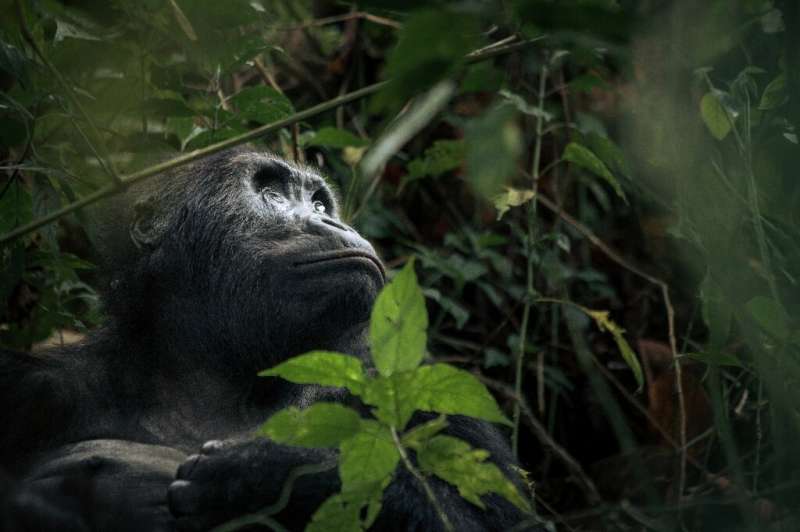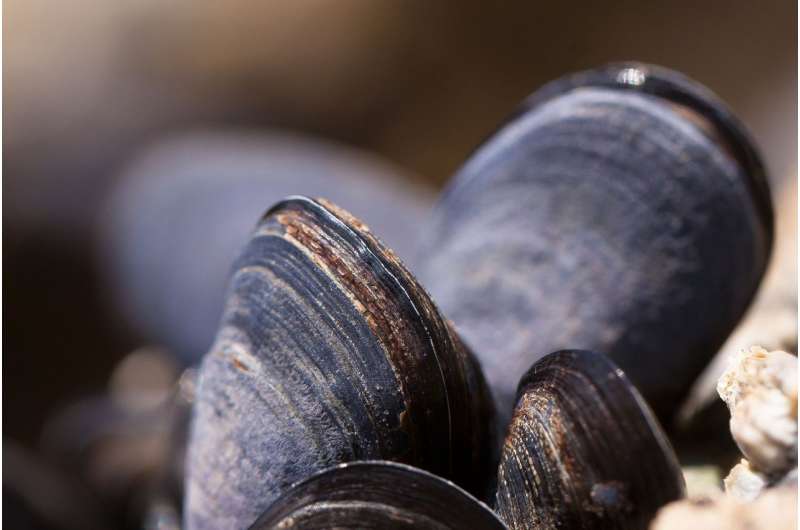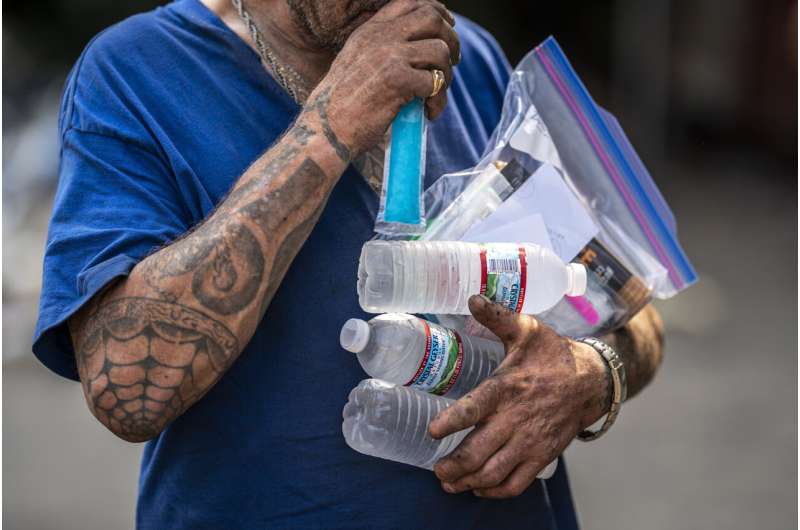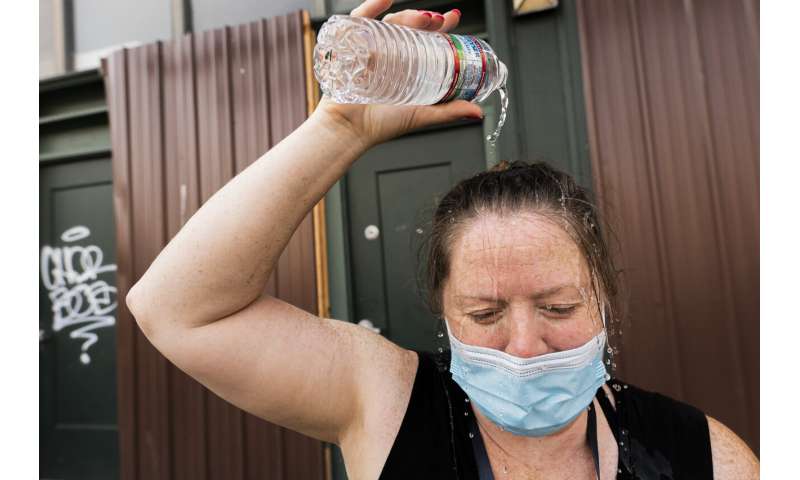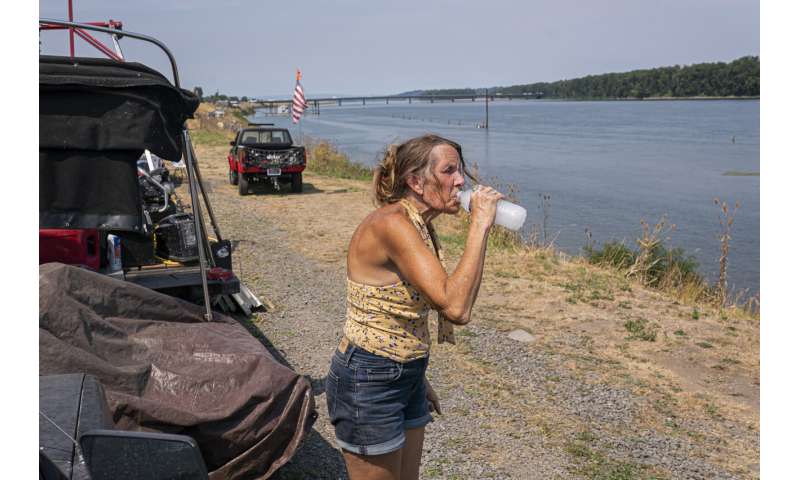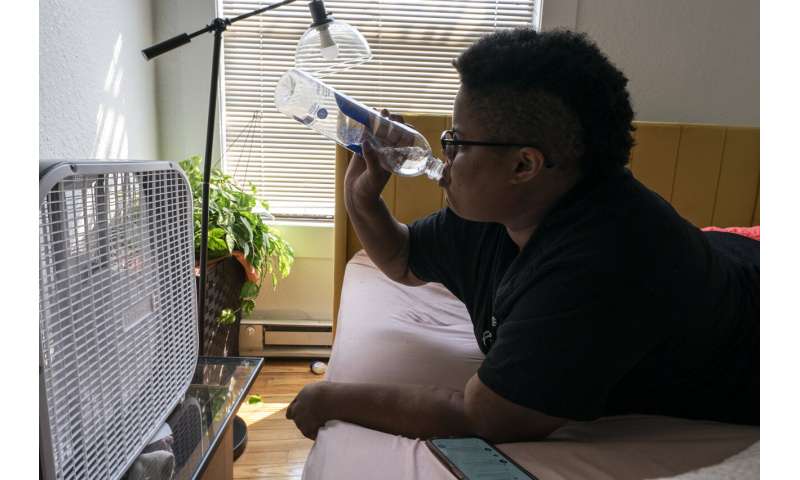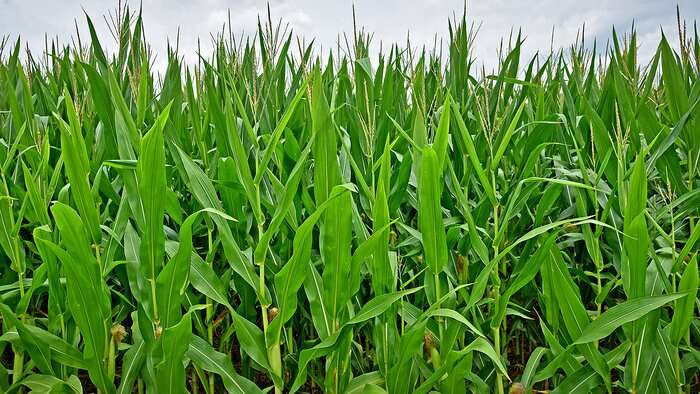How consumer orchestration work creates value in the sharing economy

Researchers from University of Melbourne and RMIT University published a new paper in the Journal of Marketing that identifies the key challenges experienced by sharing economy consumers and explains how consumers manage to overcome these challenges and cocreate value in the sharing economy.
Sharing economy platforms (e.g., Uber, Airbnb, Tinder) are common and growing fast across industries. These platforms work as digital marketplaces in which platform consumers (both peer service providers and the service users) collaborate to cocreate value for each other. However, these collaborations are not always seamless. Whereas major issues associated with the sharing economy such as crime often make headlines, platform consumers face many other challenges when cocreating experiences with strangers.
The researchers identify the key challenges experienced by sharing economy consumers that originate in the hybrid communal-transactional principles of the sharing economy. They also explain how consumers manage to overcome these challenges and cocreate value in the sharing economy. To develop these insights, the research team conducted a qualitative study of Couchsurfing, a sharing economy platform launched in 2004. Consumers (hosts and guests) use the platform to share free accommodation and cultural experiences of hospitality. The case of Couchsurfing, with its low level of platform control over consumer cocreation, allows a better understanding of what consumers do to overcome cocreation challenges in the sharing economy.
The researchers discovered four key challenges for consumers cocreating in the sharing economy. First, platform consumers need to cocreate experiences despite their differences in goals and values (e.g., Airbnb homeowners and guests may have different understandings of what comfortable or convenient means). Second, platform consumers need to reconcile their desires for impersonal transactions and meaningful social interactions when cocreating (e.g., an Uber driver and rider may differ in whether they prefer a quiet ride or a pleasant conversation). Third, platform consumers need to manage the risk of cocreating with strangers (e.g., Couchsurfing hosts and guests must assess whether to sleep near someone they just met). Fourth, platform consumers need to personalize experiences, yet depend on the willingness of strangers to accommodate this need (e.g., TaskRabbit "taskers" need to figure out how to offer their unique skills while attending to the specific needs of those who ask for help).
Platform consumers navigate these challenges by engaging in orchestration work: four mechanisms and a series of 14 actions that help consumers overcome cocreation roadblocks. The research uncovers what platform firms can do to help consumers navigate these challenges and unlock the full value of the orchestration work that consumers are willing to do in the sharing economy.
The first group of orchestration actions is supported by a mechanism called consumer-to-consumer alignment. These actions (screening, cueing, flexing, buffering) enable platform consumers to navigate the challenge of having to cocreate with others with heterogeneous values and goals. These actions help consumers align their expectations, interactions, and responses to their cocreation partners. The second group of orchestration actions is supported by a mechanism called rewiring relations.
These actions (interest grouping, lifestyle signaling, enclaving, reconciling) enable consumers to use platform features to navigate and integrate the communal and transactional aspects of their relationships. In other words, these actions help consumers rework relationships in the platform to better suit their individual goals. The third group of orchestration actions is supported by a mechanism called trust investment. These actions (revealing, cultivating reviews, scaffolding) enable platform consumers to manage platform resources to mitigate the risk of engaging in one-off interactions with strangers in the sharing economy. These actions are enacted specifically to navigate the challenge of establishing interpersonal trust with strangers in the platform. Finally, the fourth group of actions is supported by a mechanism called network experimentation.
Three actions (creative resourcing, role improvising, repurposing) enable platform consumers to try new resources, roles, and goals when cocreating experiences. These actions increase the field of potential expectations, interactions, and responses among cocreation partners in the network, extending the possibilities for the cocreation of unique, personalized, and valuable experiences among platform consumers. "We explain how these actions and mechanisms can lead to known sources of value creation for platform firms, including complementarities, efficiency, and consumer lock-in. Platform firm managers must identify common cocreation roadblocks for their consumers and provide ways to help consumers overcome these roadblocks," says Scaraboto.
For example, Airbnb consumers appreciate variety in the platform, but user heterogeneity may lead to cocreation misalignments. Drawing on our findings, Airbnb can further support consumers in dealing with the challenge of heterogeneity by encouraging consumer-to-consumer alignment actions. For example, Airbnb can encourage screening through additional filters that more specifically account for expectations and preferred ways of cocreation (e.g., allowing guests to indicate their desired amount of contact/conversation with the host). Figueiredo adds, "By supporting consumer-to-consumer alignment, sharing economy platforms can make cocreation more efficient for consumers and, in turn, bring value to the firm."Trusting strangers: Details matter to millennials using Uber, Airbnb
More information: Daiane Scaraboto et al, EXPRESS: How Consumer Orchestration Work Creates Value in the Sharing Economy, Journal of Marketing (2021). DOI: 10.1177/0022242921102777
Journal information: Journal of Marketing
Provided by American Marketing Association
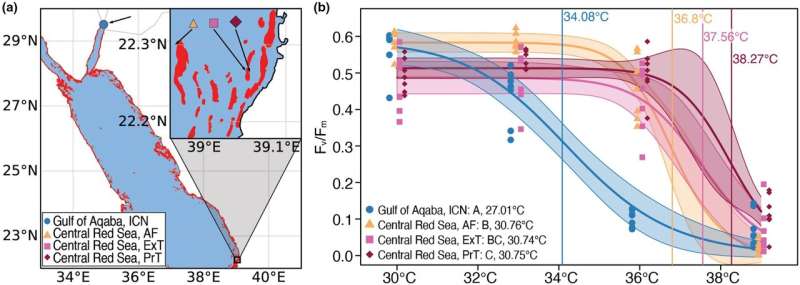 Study sites and temperature tolerance thresholds of corals from the northern and central Red Sea. (a) Map of Red Sea sites, reefs are shown in red. Seven coral colonies of S. pistillata from each of one site in the Gulf of Aqaba (ICN), northern Red Sea, and three central Red Sea sites near each other (AF, ExT, PrT) were collected and examined for heat stress response patterns. (b) Photosynthetic efficiency (Fv/Fm) over temperature curves and determined ED50 thermal tolerance thresholds as a proxy for coral bleaching susceptibility (sensu Evensen et al., 2021) of corals from the ICN, AF, ExT, PrT reef sites. ED50 thermal tolerance thresholds are denoted as vertical bars with temperature values at the top of the respective bar in the respective site color. Solid lines in each curve reflect the mean three parameter log-logistic model fit for each population (n = 7 colonies) with 95% confidence intervals represented by the shaded areas. Statistical differences among sites are indicated by letters in the panel legend with site-specific MMM temperatures denoted thereafter. Symbols denote measurements from individual samples. Blue circles, coral samples from the Gulf of Aqaba ICN site; yellow triangles, coral samples from the central Red Sea AF site; pink squares, coral samples from the Central Red Sea ExT site; dark red diamonds, corals from the Central Red Sea PrT site. Credit: DOI: 10.1111/mec.16064
Study sites and temperature tolerance thresholds of corals from the northern and central Red Sea. (a) Map of Red Sea sites, reefs are shown in red. Seven coral colonies of S. pistillata from each of one site in the Gulf of Aqaba (ICN), northern Red Sea, and three central Red Sea sites near each other (AF, ExT, PrT) were collected and examined for heat stress response patterns. (b) Photosynthetic efficiency (Fv/Fm) over temperature curves and determined ED50 thermal tolerance thresholds as a proxy for coral bleaching susceptibility (sensu Evensen et al., 2021) of corals from the ICN, AF, ExT, PrT reef sites. ED50 thermal tolerance thresholds are denoted as vertical bars with temperature values at the top of the respective bar in the respective site color. Solid lines in each curve reflect the mean three parameter log-logistic model fit for each population (n = 7 colonies) with 95% confidence intervals represented by the shaded areas. Statistical differences among sites are indicated by letters in the panel legend with site-specific MMM temperatures denoted thereafter. Symbols denote measurements from individual samples. Blue circles, coral samples from the Gulf of Aqaba ICN site; yellow triangles, coral samples from the central Red Sea AF site; pink squares, coral samples from the Central Red Sea ExT site; dark red diamonds, corals from the Central Red Sea PrT site. Credit: DOI: 10.1111/mec.16064